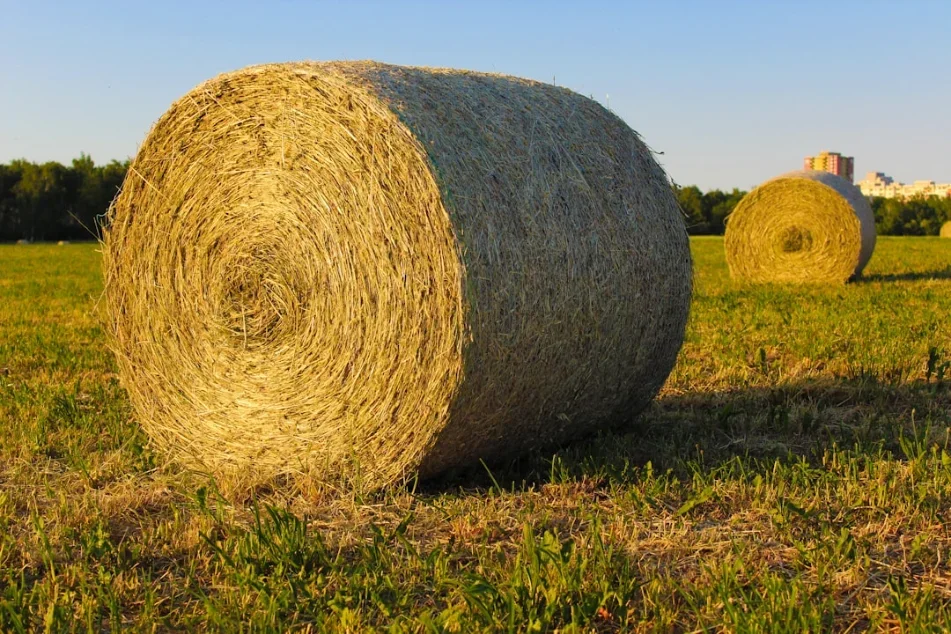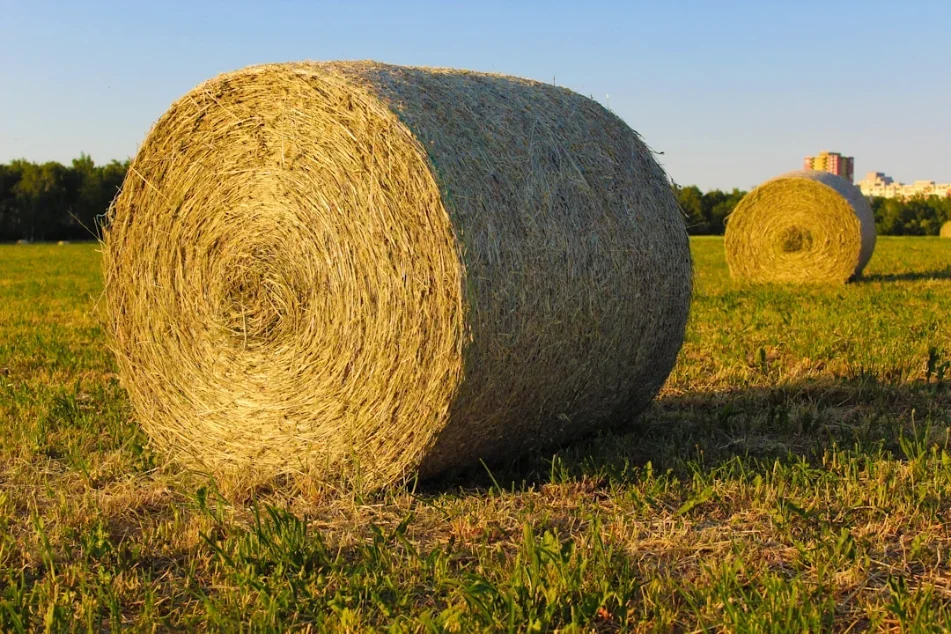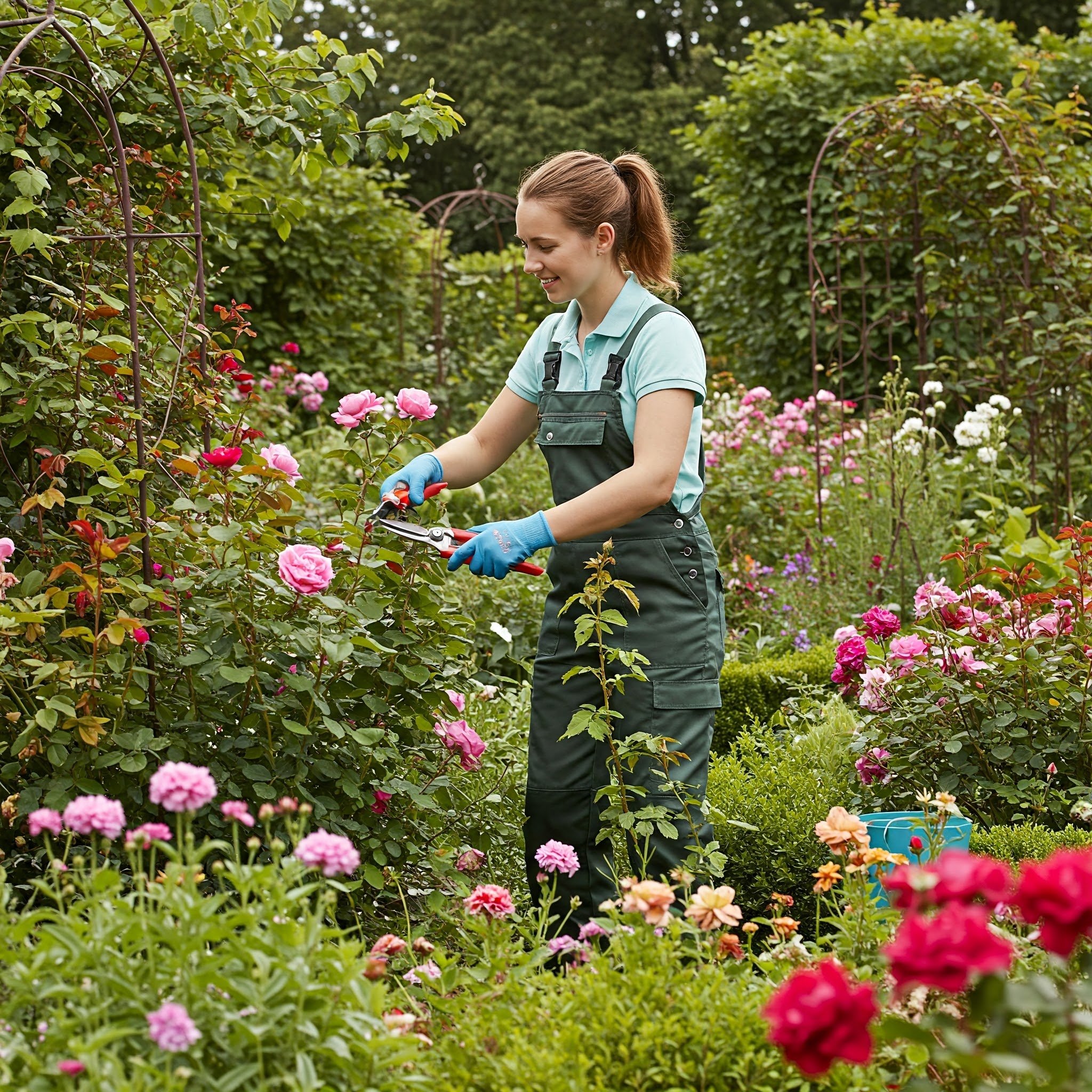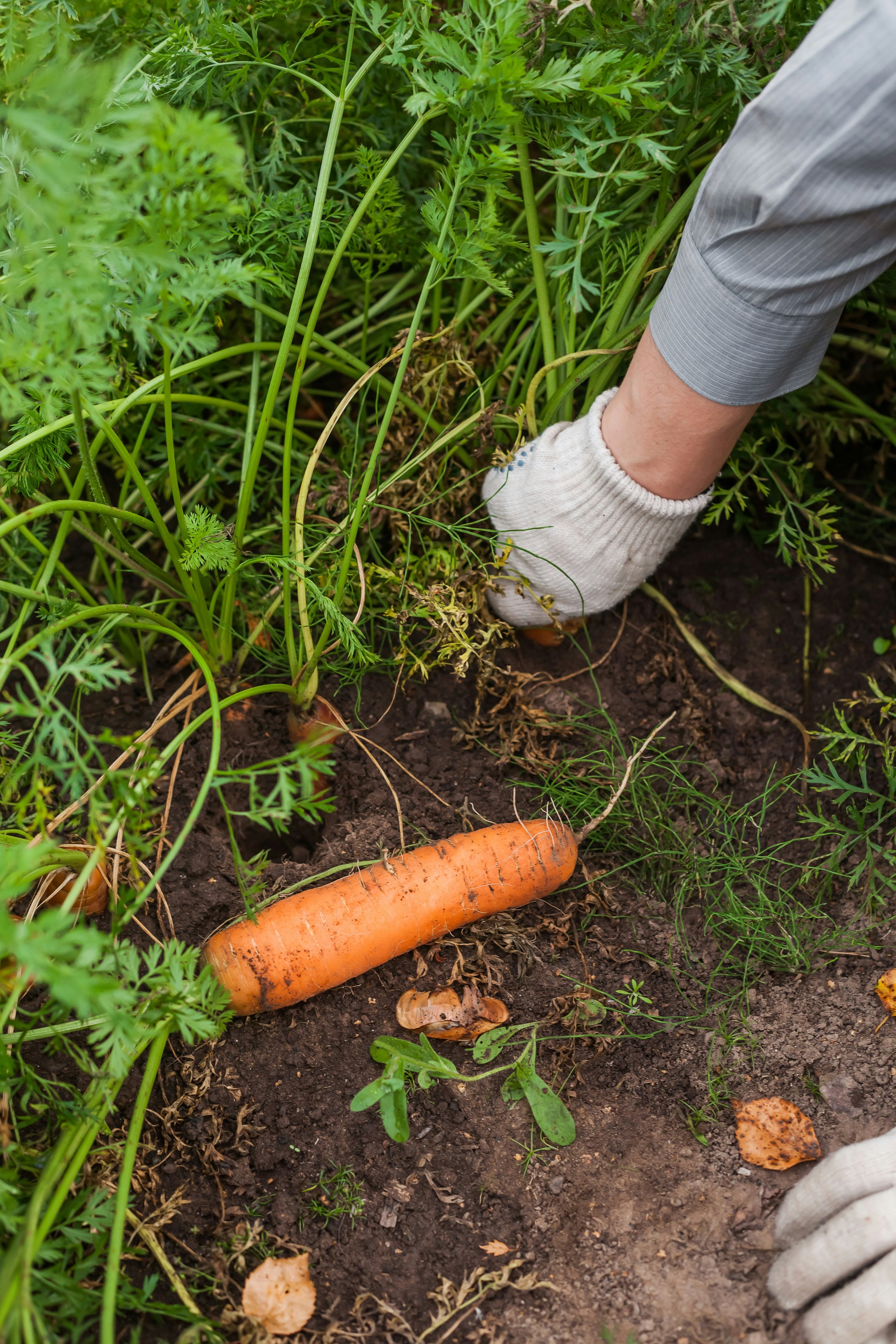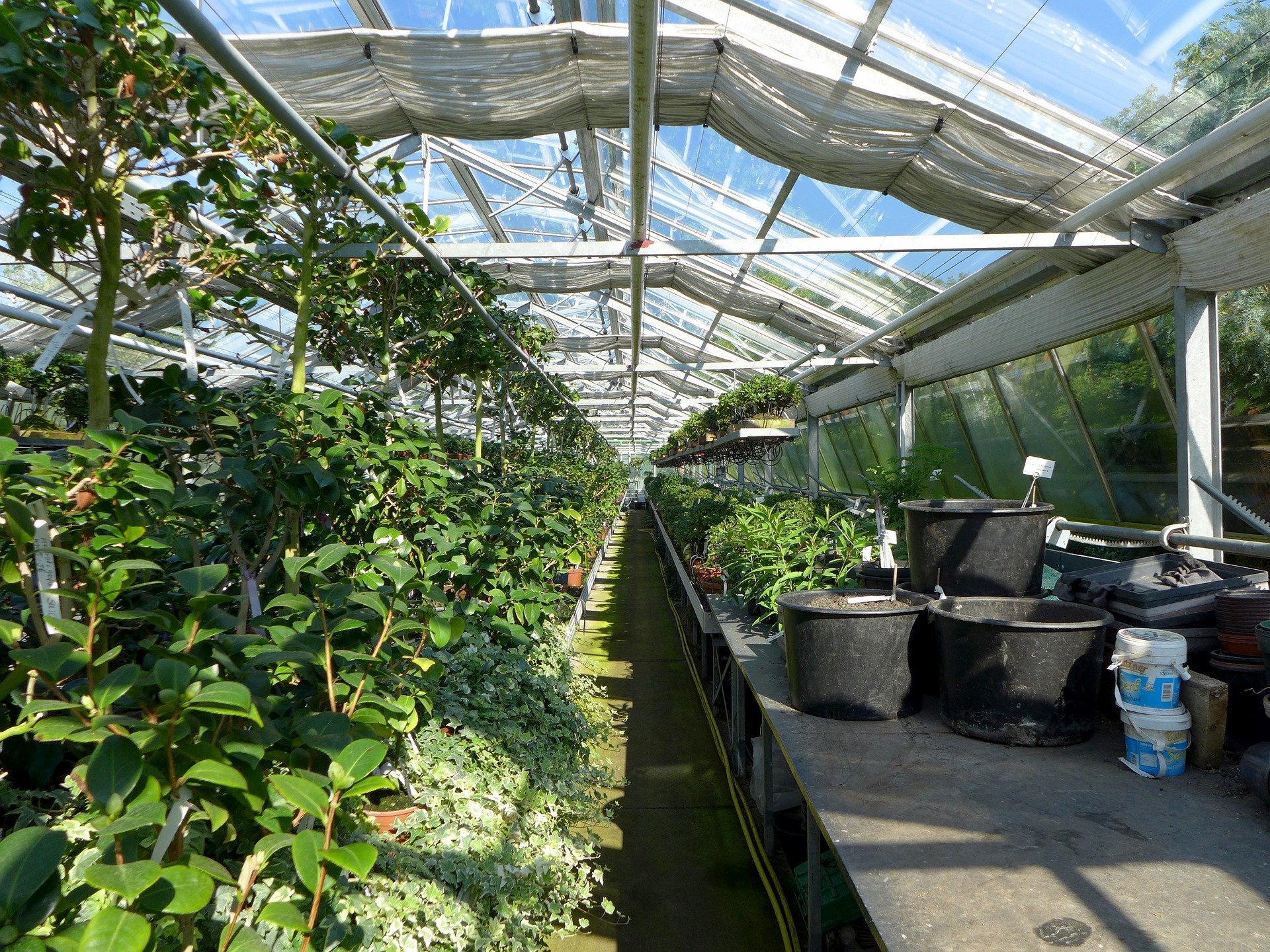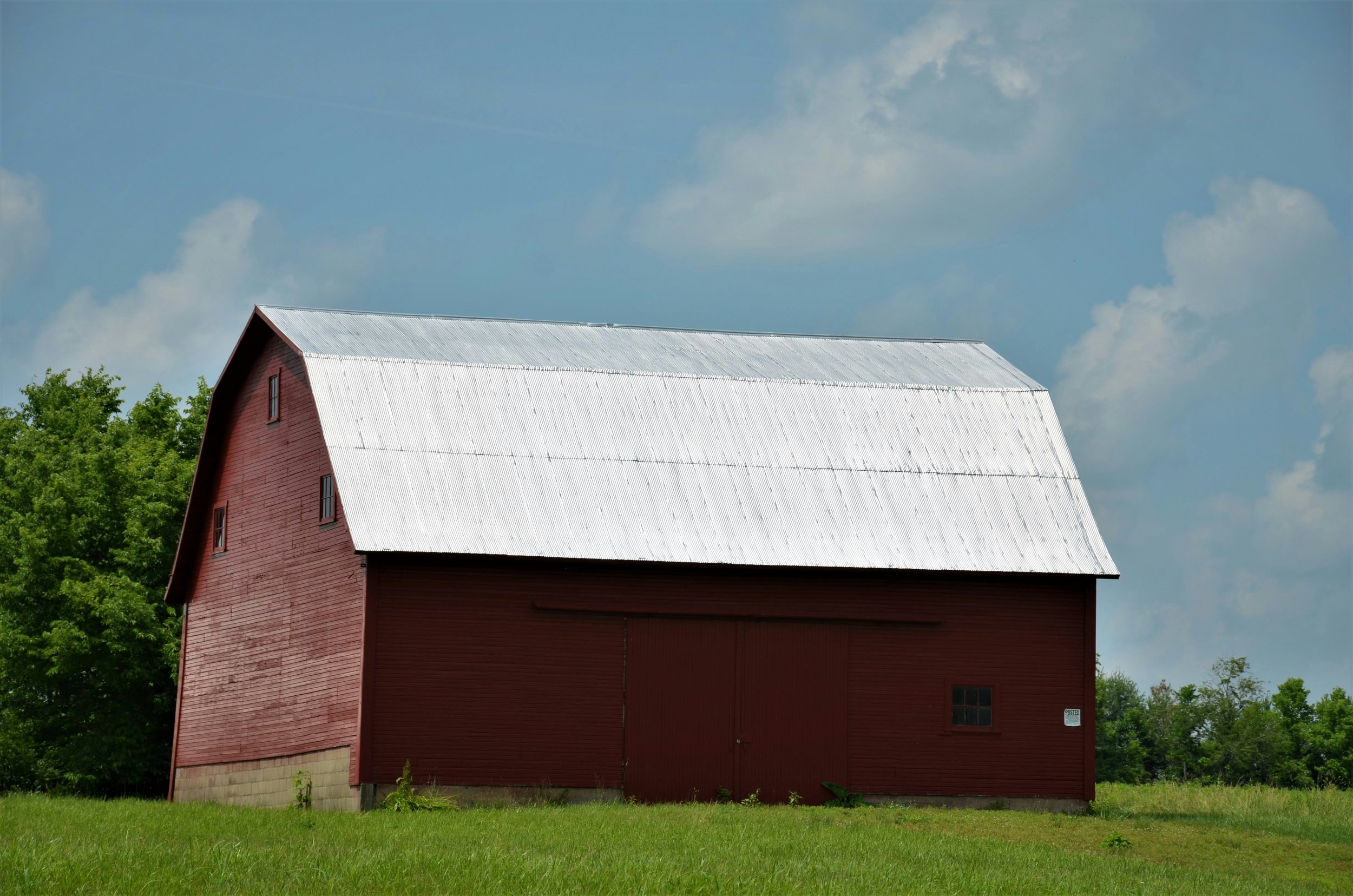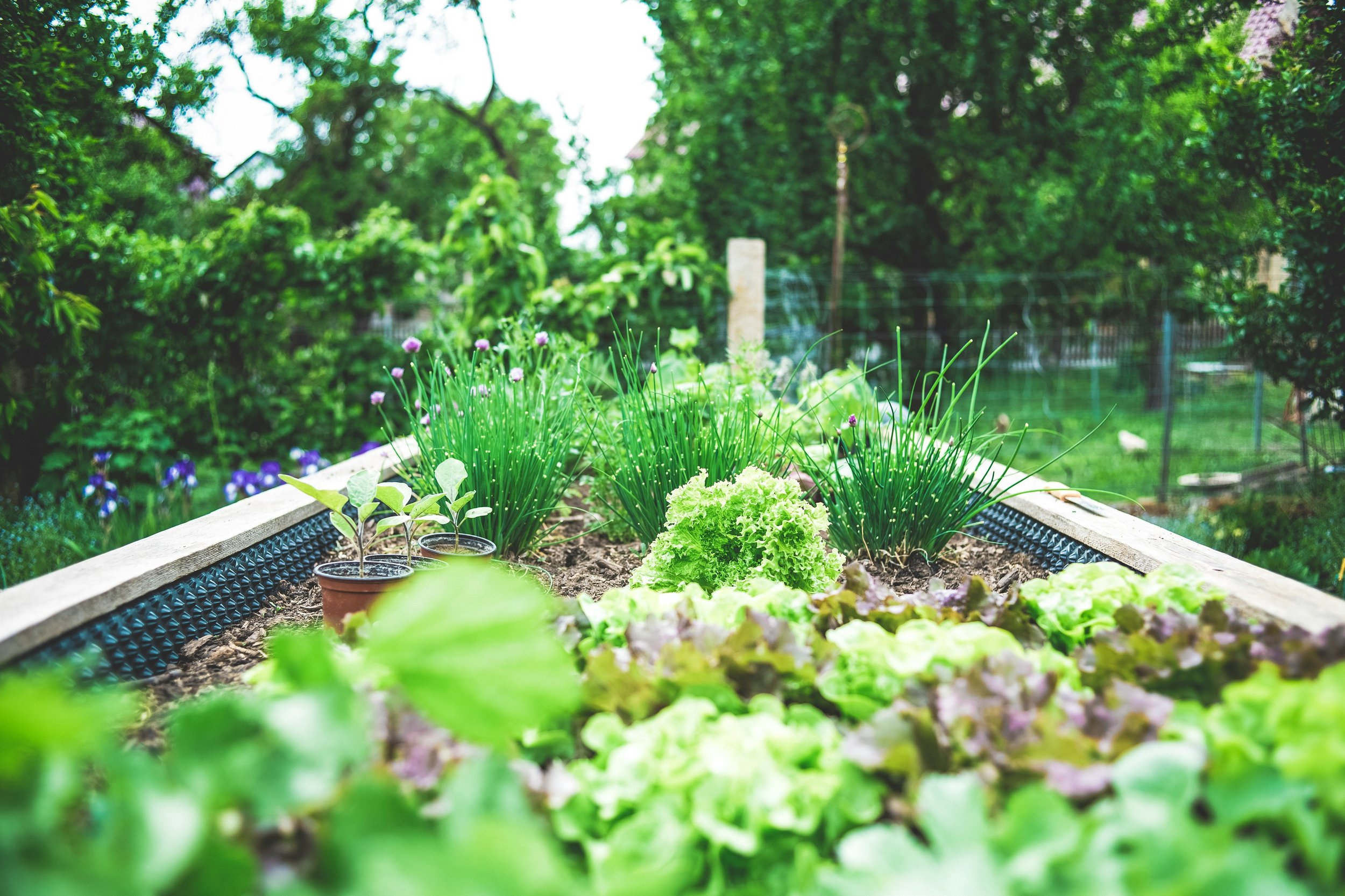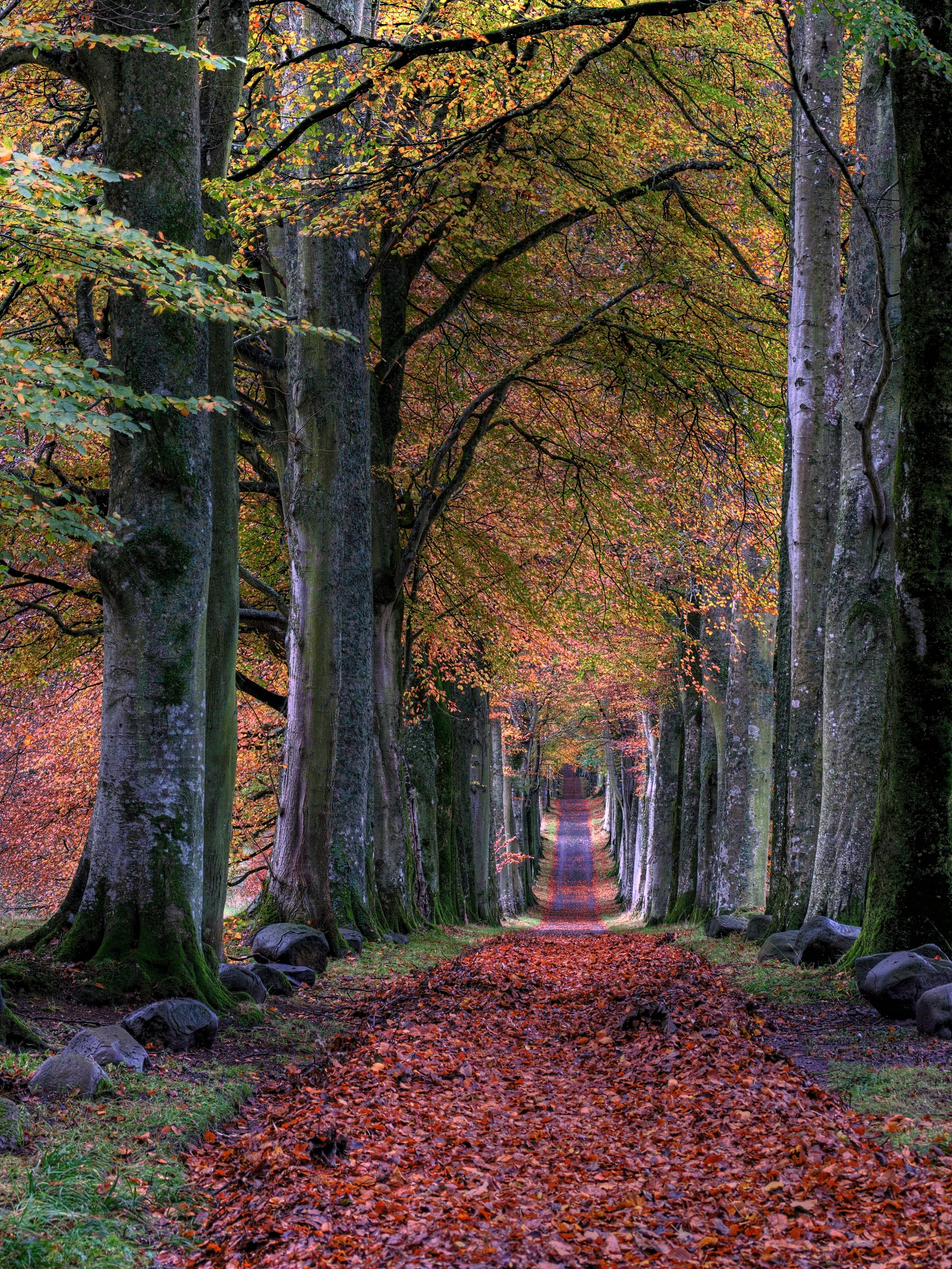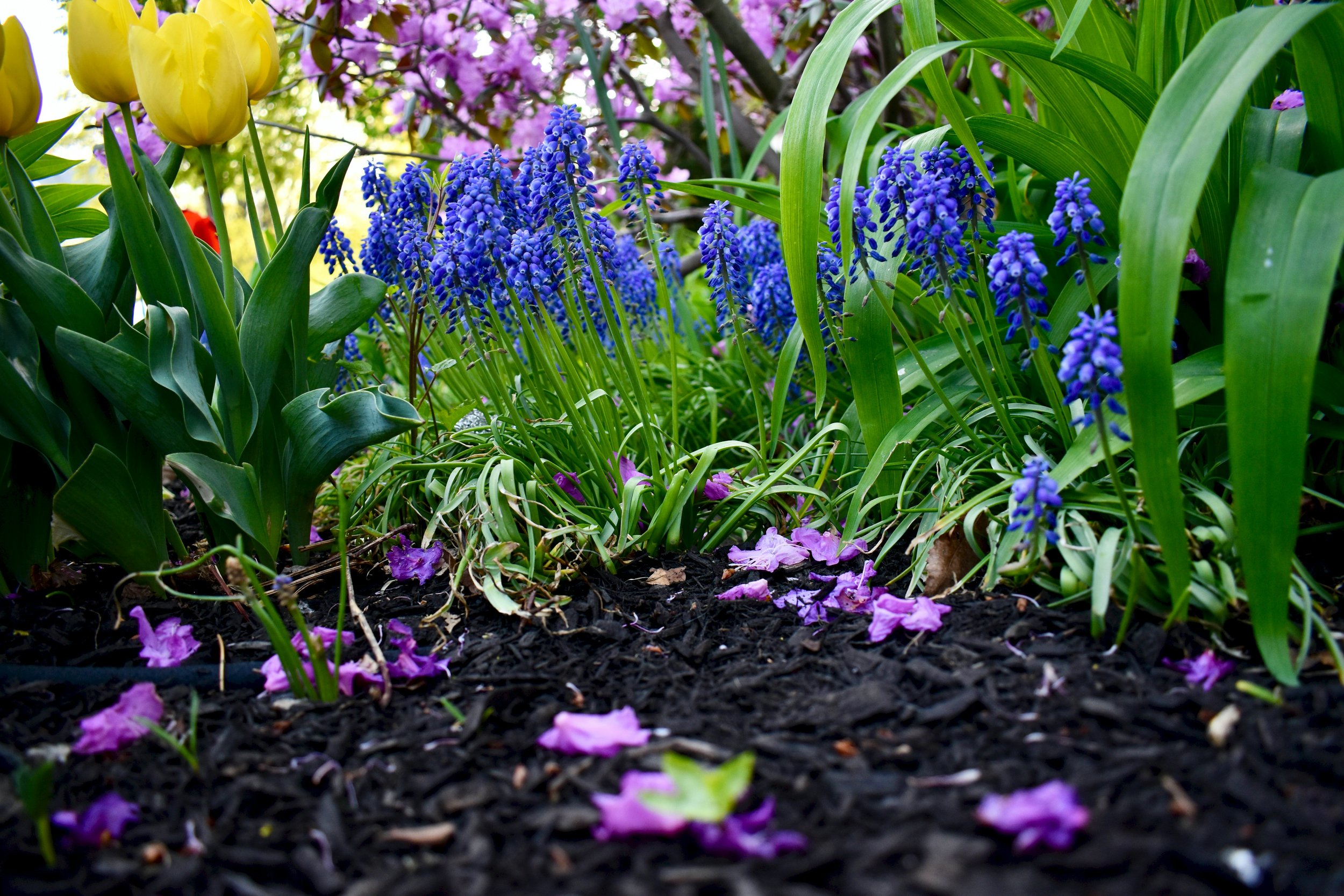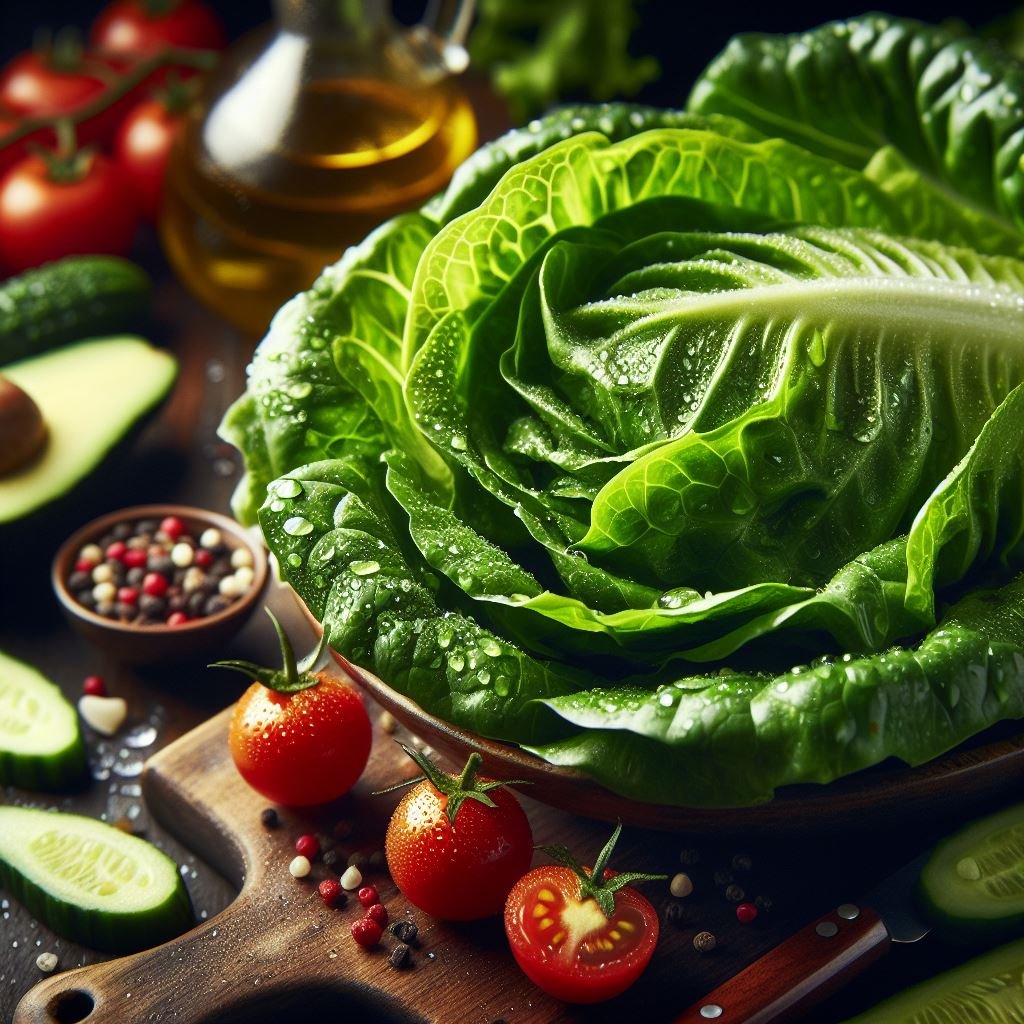When Is Harvesting Season for Hay?
Find out the best time to harvest hay, how timing affects quality, and tips to ensure a successful and productive hay season.
In 2024, America produced around 122.5 million tons of hay. Unlike crops with fixed harvest dates, hay season is more like a moving target that depends on weather, geography, and what type of hay you're growing.
There's no universal "hay season" marked on every farmer's calendar. Rather, successful hay production revolves around finding that sweet spot between plant maturity and weather conditions. Most farmers aim for about 3-5 consecutive days of warm, sunny, dry weather to properly cure their hay before baling.
Miss this window, and you could end up with moldy, worthless feed that's more dangerous than helpful for livestock.
Cutting the Hay When it Reaches Optimal Maturity
For alfalfa, maturity is usually when about 10% of the plants are flowering. For grasses like timothy or orchardgrass, you want to catch them just before the seed heads emerge, or what farmers call the "boot stage." Cut too early, and you sacrifice yield. Cut too late, and the nutritional value plummets, even if you get more tonnage per acre.
After cutting, the real waiting game begins. The hay needs to dry down to about 15-20% moisture content before it's safe to bale. This is where weather becomes everything. A light rain can set you back days, and even heavy dew can mess up your timeline. Smart farmers keep one eye on their hay and the other on the weather forecast, because getting caught with wet hay in the field is every producer's nightmare.
Why Bale Wagons are a Must
Bale wagons save farmers from collecting and stacking thousands of bales manually. These self-propelled machines can collect, load, transport, and stack bales almost effortlessly. Modern versions let operators control everything from a comfortable cab, making what used to be grueling physical work into a relatively easy one-person job.
The benefits go way beyond just saving your back, however. Bale wagons dramatically reduce labor costs, which is huge when you consider that finding reliable help for haying season can be tough. They also speed up the entire process, meaning your bales spend less time sitting in the field exposed to potential weather damage. When you can clear a field faster, you're preserving hay quality and reducing the risk of spoilage.
From an economic standpoint, bale wagons help make large-scale hay production viable. They allow farmers to handle bigger acreages with fewer people, address labor shortages, and maintain the efficiency needed to make hay a profitable crop. Without this level of mechanization, many hay operations simply wouldn't be economically feasible.
Regional Differences Affecting Hay Production
Where you step out of your cozy farmhouse to harvest hay dramatically affects when and how often you can. Up north in places like Maine or Minnesota, farmers typically manage two cuttings per year due to shorter growing seasons. Head south to Kentucky or Oklahoma, and you might squeeze in three or even four cuttings if conditions cooperate. The really lucky folks in the Pacific Southwest can sometimes harvest hay almost year-round thanks to consistent sunshine and favorable temperatures.
The type of grass also matters. Cool-season grasses like tall fescue and timothy do their thing during spring and fall when temperatures are moderate. They basically take a summer vacation when it gets too hot. Warm-season grasses like switchgrass and bluestem are the opposite, as they love the heat and produce their best growth during summer months.
In the Northeast, hay season typically runs from May through October, with three main cutting windows: spring, midsummer, and early fall. Down in the Mid-South, you've got cool-season grasses producing from March through May and again in October-November, while warm-season natives hit their stride in June when the heat kicks in.
The Midwest sees spring harvests starting around May, with alfalfa being a major player in states like Wisconsin and Nebraska. Meanwhile, the Southwest enjoys an extended season as some areas can harvest alfalfa from March clear through November. The Pacific Northwest, particularly the Columbia Basin, is something special with its long frost-free periods, allowing for three to six harvests in a good year.
Moisture Content Can Make or Break Your Hay Crop
When you're ready to rake or ted your hay, you want it around 35-40% moisture. For baling, you're shooting for 15-20% moisture for small square bales, and 14-18% for the big round or square bales.
Bale hay too wet (above 20% moisture), and you're asking for trouble like mold, fermentation, spoilage, and worst of all, potential barn fires from internal heating. Let it get too dry (below 15%), and you'll lose a lot of valuable leaves during the baling process, especially with legumes like alfalfa. Those leaves contain most of the protein, so losing them is like throwing money away.
Most experienced farmers use moisture meters for accuracy, but there's also the old-school "twist test." Grab a handful of hay and give it a twist - if the stems break easily, you're good to go. If they bend without breaking, give it more time.
Hay Harvesting Season isn't just a Date on the Calendar
Hay success comes down to understanding your specific situation: what you're growing, where you're farming, and what Mother Nature is doing.
The key is being prepared with the right equipment, keeping a close eye on weather forecasts, and knowing your plants well enough to recognize optimal cutting windows. Cut at the right maturity, dry properly, and get it baled and stored before the weather turns. Learn some more handy things at Lord Decor today.
